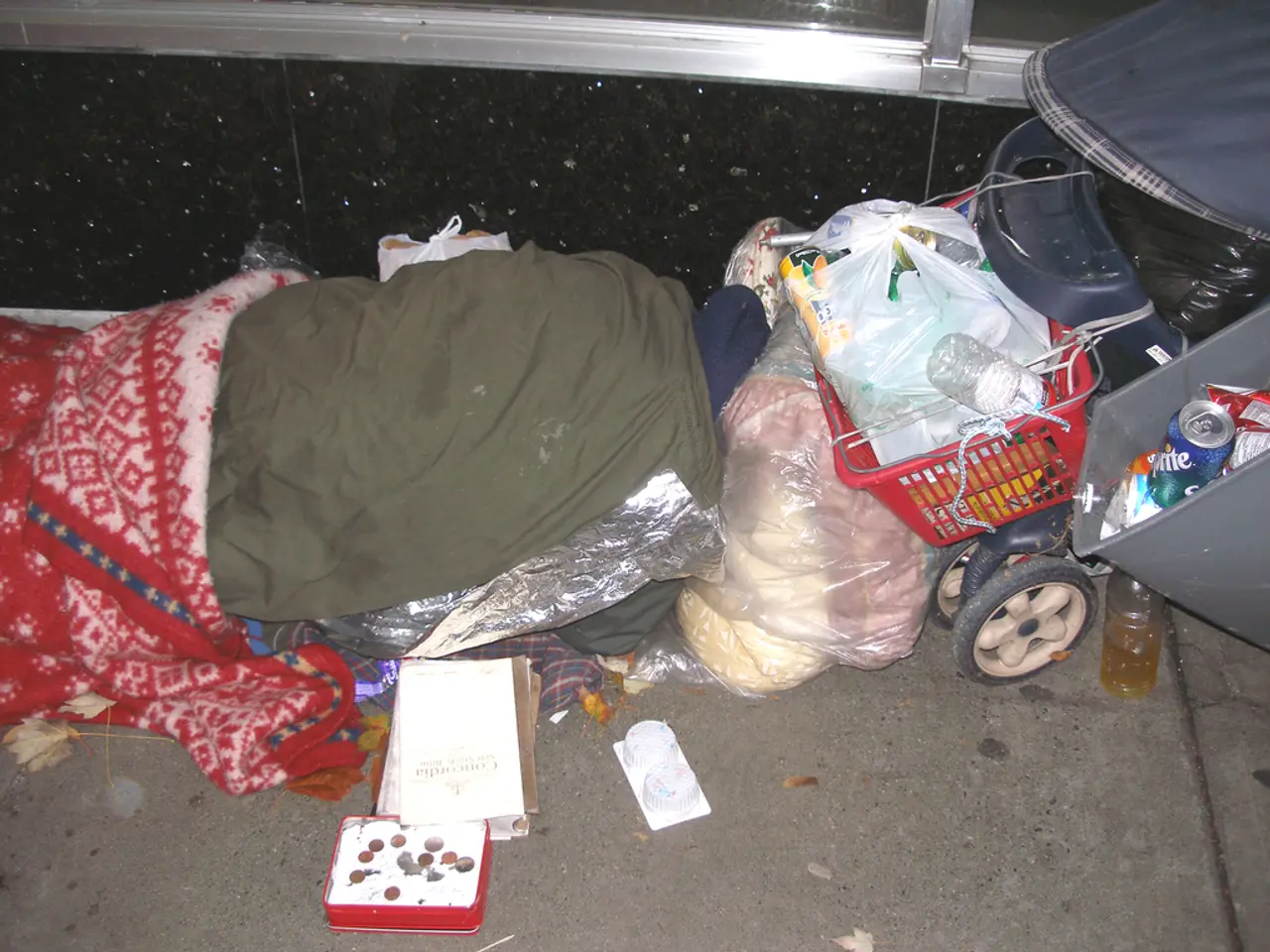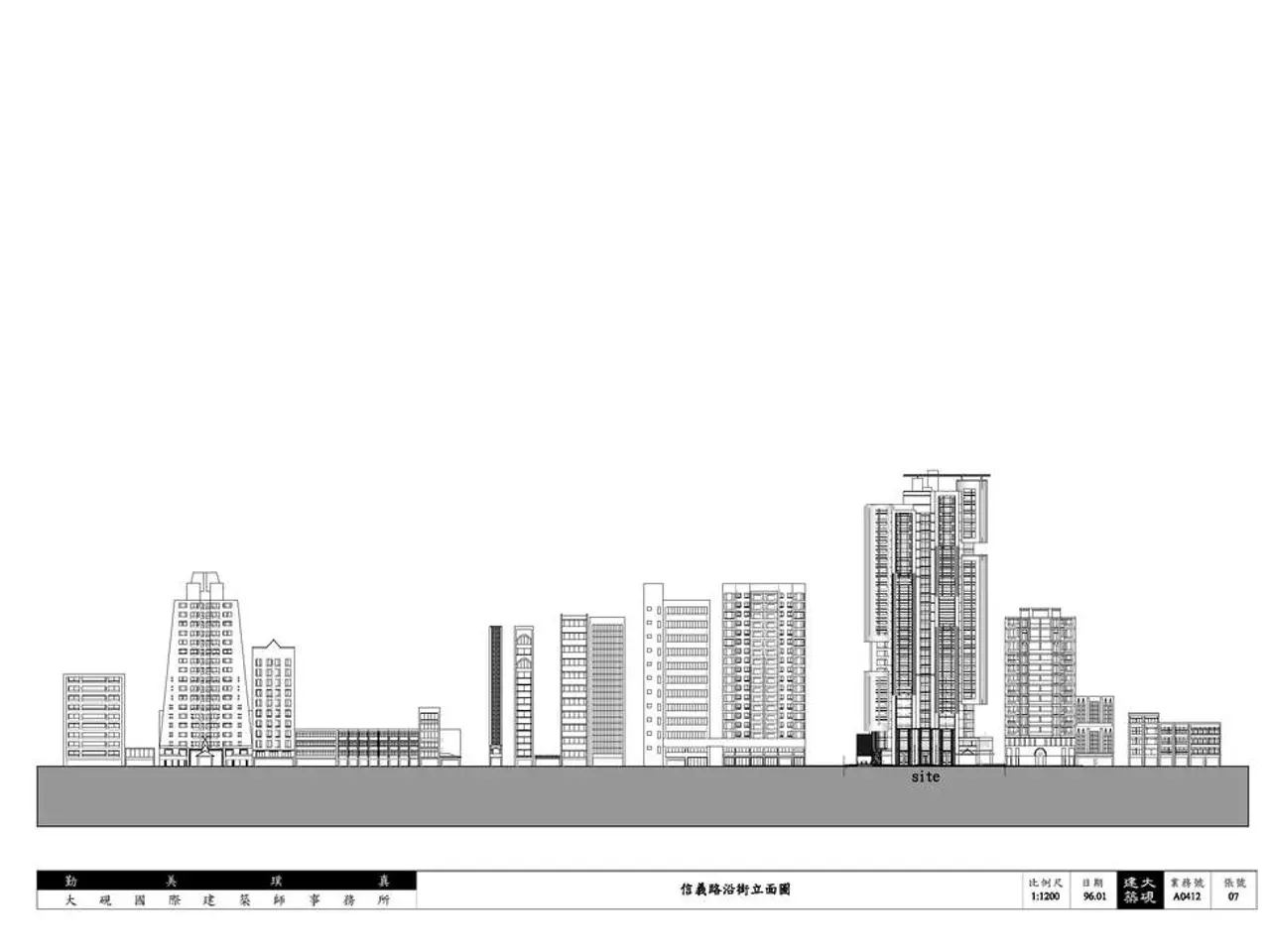Methods for Appraising Your Home's Personal Belongings Accurately
In the event of an unexpected disaster, having the right amount of insurance coverage for your personal possessions can make all the difference. This article provides a step-by-step guide to help you avoid underinsurance and ensure that your home contents insurance policy covers the true cost of replacing your belongings.
- Conduct an Annual Inventory: Regularly assess the value of your personal possessions by conducting a thorough inventory at least once a year. This includes furniture, electronics, appliances, valuables, and other personal property. Note down their current replacement costs.
- Consider Inflation and Cost Changes: Keep in mind that the cost of replacing items tends to increase over time due to inflation and other factors. Account for these changes when calculating the amount of insurance needed.
- Use Insurer-Provided Tools: Utilise tools such as home contents calculators or replacement cost estimators provided by your insurer to help determine an accurate sum insured. Some insurers offer calculators that factor in local market prices and inflation adjustments.
- Review and Adjust Your Policy: At renewal, review your policy and adjust the sum insured to reflect any new purchases, upgrades, or disposals since your last assessment.
- Explore Coverage Options: Consider coverage options like "Complete Replacement Cover" (if available) that automatically cover replacement costs on a 'new for old' basis without needing to set a specific sum insured, thereby reducing underinsurance risk.
- Understand Coverage Types: Understand the difference between "actual cash value" and "replacement cost" coverage. Replacement cost policies typically help avoid underinsurance by reimbursing the full cost to replace an item rather than its depreciated value.
- Document Your Possessions: Keep documentation such as receipts, photos, or appraisals to support accurate estimations of contents values and to make the updating process easier.
Remember, the key to avoiding underinsurance is to calculate the amount of insurance you need for your personal possessions and reassess this each year. Don't forget to include everyday items like cutlery, sheets, towels, clothing, and footwear when estimating the replacement cost of contents.
Additionally, consider increasing your cover for certain items such as artworks, jewellery, and collections if they are not adequately covered by your current policy. Check if your insurer has a limit on the payout for certain valuable items, such as works of art, jewellery, or games and movies.
Lastly, understand any natural risks your possessions may be exposed to, such as living in a flood zone area, and check your policy to see if that is an insured event. Compare home and contents insurance policies before deciding which one best suits your needs.
The cost of replacing an item as new should be taken into account when choosing a sum insured. Most people don't deliberately underinsure their personal possessions, but the true value of replacing the contents of your home becomes apparent only when an unexpected event occurs.
For assistance in reviewing your policy and ensuring adequate coverage for your possessions, consider using RACV's home contents calculator.
- To ensure that your lifestyle and personal items are adequately covered, it's essential to factor in the cost of replacing everyday items like cutlery, sheets, towels, clothing, and footwear when calculating the replacement cost of your home contents.
- To maintain comprehensive coverage for high-value items like artworks, jewellery, and collections, consider increasing your insurance coverage beyond the standard policy limits if necessary, particularly if these belongings are not adequately covered under your existing home-and-garden or personal-finance policy.




